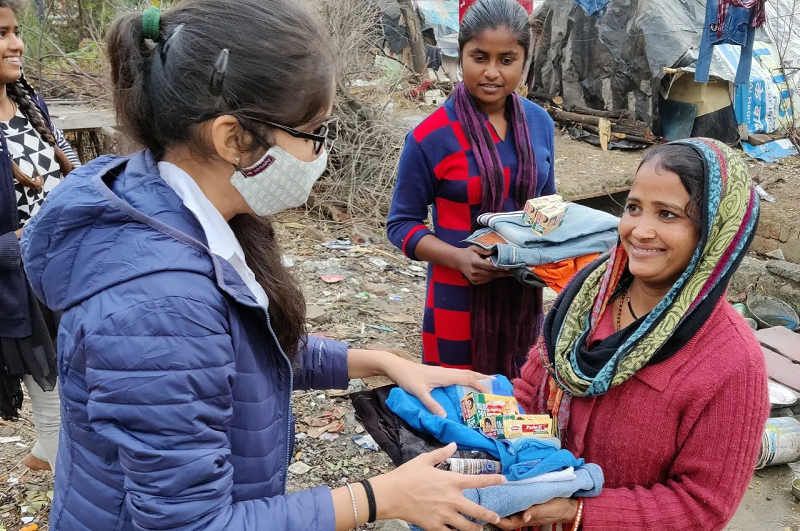After the success of the lunar mission, the Indian Space Research Organization (ISRO) is preparing for the launch of the Sun mission, possibly on September 2, to study the Sun. The 'Aditya-L1 spacecraft is designed for remote observation of the solar corona (outermost layers of the Sun) and in situ observation of the solar wind at L-1 (Sun-Earth Lagrangian point). L1 is about 1.5 million kilometers away from Earth.

It will be the first dedicated Indian space mission to observe the Sun, to be launched by the space agency ISRO. The goal of the Aditya-L1 mission is to study the Sun from orbit around L-1. The spacecraft will carry seven payloads that will help observe the photosphere, chromosphere (just above the visible surface of the Sun), and the outermost layer of the Sun (corona) in different wavebands.
An ISRO official said Aditya-L1 is a completely indigenous effort in partnership with national institutes. The Indian Institute of Astrophysics (IIA) at Bengaluru is the lead institute for the construction of the Visible Emission Line Coronagraph payload. The Inter-University Center for Astronomy and Astrophysics, Pune has developed the Solar Ultraviolet Imager payload for the mission.
Aditya-L1 can provide information on the corona and solar chromosphere using the ultraviolet payload and by monitoring flares using the X-ray payload. The Particle Detector and Magnetometer payload can provide information about the charged particles and magnetic field reaching the outer orbit around L-1.
This spacecraft was prepared at UR Rao Satellite Center in Bangalore and two weeks ago it reached ISRO's spaceport in Sriharikota, Andhra Pradesh. An ISRO official said the launch is likely to be done on September 2. The spacecraft is planned to be placed in an outer orbit around L1 in the Sun-Earth system. ISRO said that a satellite placed in outer orbit around the L1 point has the great advantage of continuously viewing the Sun without any eclipse or occultation. ISRO said that this will give a greater advantage in observing solar activities in real-time and their impact on space weather.
(PC: Freepik)










